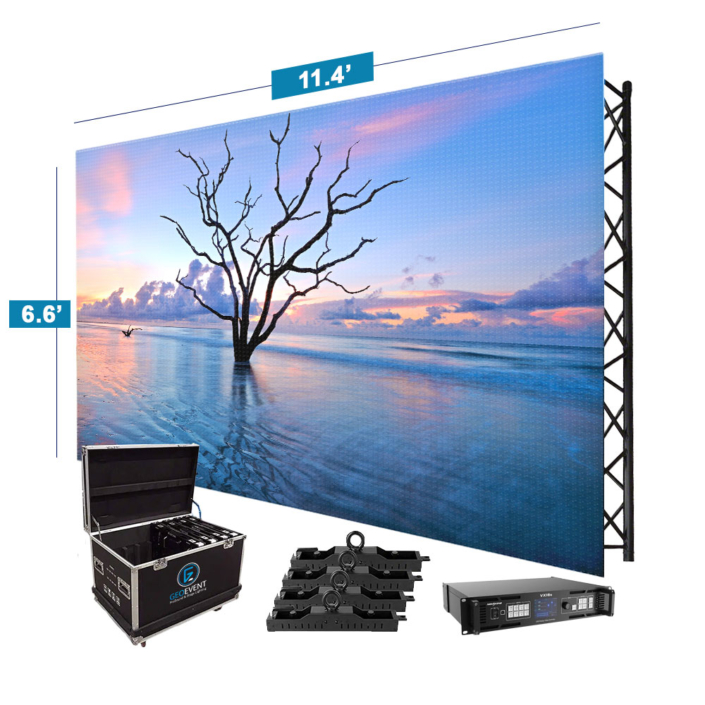Improving Performance and Lifespan Through Effective Thermal Control in Digital Panel Modules
Wiki Article
LED display screens have become more and more popular across various fields, spanning marketing, media, and also home decor. Modern panels provide brilliant, vibrant presentations that can attract attention and elevate viewing experiences. Yet, one essential consideration of preserving their effectiveness and longevity is proper temperature dissipation. As Light Emitting Diode units operate, they produce temperature rise. Whenever this thermal load is not managed appropriately, it can result in reduced illumination, chromatic accuracy, and even a reduced operational life for the units. Therefore, knowing how to properly dissipate thermal output is vital for maximizing the efficiency of Light Emitting Diode panel screens.

Heat dissipation in LED systems refers to the techniques used to regulate and lower the unwanted temperature produced during function. One frequent method employs materials with strong thermal conductivity, including alloy or copper. These components can quickly transfer temperature away from the light-emitting parts, keeping the system temperature within a controlled threshold. In addition, the configuration of Light Emitting Diode modules has a important role in temperature management. Units that include heatsinks or airflow mechanisms permit hot airflow to escape while pulling in cold air, additionally assisting with temperature control.
A further key factor in efficient thermal control is proper installation and positioning of luminescent wall panels. Making sure that there is ample space surrounding the screens enables enhanced circulation, which helps to lower the temperature of them efficiently. It is also crucial to prevent placing Light Emitting Diode modules in sealed environments where heat can become contained. Rather, they should be set up in environments with good airflow to support efficient cooling. Professionals often advise mounting LED panels at a distance from strong UV rays or other temperature sources to avoid overheating.
Consistent maintenance of luminescent modules is also crucial for ensuring proper thermal management. Debris and residue can accumulate on the surface of the screens and inside their components gradually. This accumulation can limit circulation important source and impair the unit’s capacity to regulate temperature. Clearing the surfaces periodically and ensuring that any interior mechanisms are without obstruction will help maintain optimal performance standards. Furthermore, inspecting for any signs of deterioration or defects can assist in mitigating excess heat complications before they become critical concerns.
In summary, effective temperature control is vital for maximizing both the performance and longevity of LED wall panels. By using materials with strong heat transfer capability, providing appropriate installation and placement, and conducting regular maintenance, users can significantly enhance their LED experience. Understanding these click guidelines not only helps in preserving the quality of the screens but also promotes energy savings and environmental responsibility in display technology. As innovations in technology move forward, emphasizing temperature control will remain an critical component of deploying Light Emitting Diode displays to their full potential.